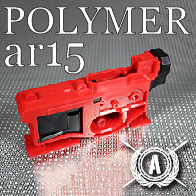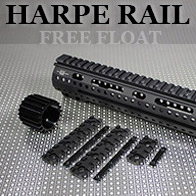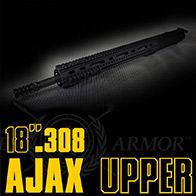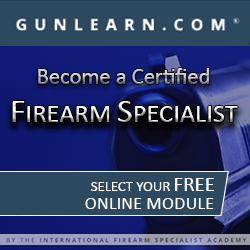New Name Realigns the Brand with its Core Business and Reflects a Proud Commitment to U.S. Manufacturing
OCEANSIDE, Calif. – December 16, 2015 – Ares Armor today announced a corporate name change to American Weapons Components, Inc.™ (AWC™). The new name realigns the brand with its core business of providing high quality gun parts and accessories to firearms enthusiasts nationwide, while emphasizing the company’s long-standing commitment to U.S. manufacturing. The name change is effective immediately and will be implemented across all products and brand platforms by early 2016.
“The new name, American Weapons Components, ideally represents where we came from and the future that we envision,” said Bryce Stirlen, president and CEO, American Weapons Components, Inc. “We are more committed than ever to protecting and preserving the Second Amendment, which is the driving force behind everything we do. AWC has carved out a market niche providing firearms enthusiasts with superior components that represent the highest quality and value for their custom builds. American-made products are also very important to our customers, so it’s a source of great pride to convey our dedication to U.S. manufacturing in our new name.”
AWC’s research, development and manufacturing departments are located in its San Diego County headquarters, enabling faster innovation and adherence to strict quality standards. The company will continue to specialize in rifle and pistol components, including 80% lower receivers, barrels, compensators, jigs, rails, rifle kits, safety selectors, stocks, upper receivers and more. The company will also continue offering made-to-order nylon tactical gear that is individually hand sewn in-house, including chest rigs, combat packs, plate carriers, pouches, rifle bags, rucks and more.
The name change is part of a recently announced corporate restructuring that will refocus resources and simplify business processes to support the company’s core firearms components business and yield improved efficiencies in customer service. The restructuring is expected to be complete in the first quarter of 2016.
About American Weapons Components, Inc.
American Weapons Components (AWC) provides high quality firearms parts and accessories for those dedicated to the craft of custom-built firearms. AWC is proud to be a one-stop source for shooters nationwide, offering the widest selection of components for AR and 1911 builds, as well as custom nylon tactical gear. Headquartered in San Diego County, California, AWC is proud to develop and manufacture 100% of its products in the USA.








